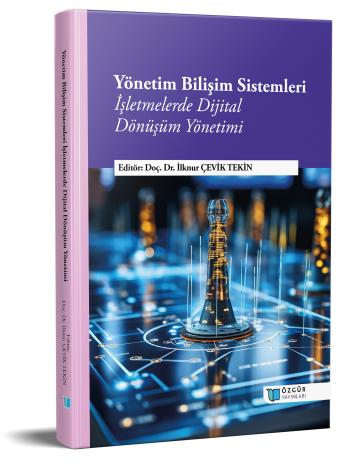
The Use of Generative Artificial Intelligence in Organizations/Enterprises: Opportunities and Threats
Chapter from the book:
Çevik Tekin,
İ.
(ed.)
2023.
Management Information Systems: Digital Transformation Management in Businesses.
Synopsis
The constant development of artificial intelligence, specifically generative artificial intelligence technologies, leads to radical or extraordinary changes in the industrial environment and labor markets. The introduction and accessibility of new generative artificial intelligence technologies, on the one hand, triggers considerable interest and excitement at the individual or organizational level and, on the other hand, the current situation ignites discussions about how technological advances may affect businesses and the labor market. Although studies and evidence on the current and potential effects of generative artificial intelligence are not sufficient, today, it is seen that generative artificial intelligence tools are becoming increasingly integrated into businesses in various sectors. Companies can get help from these new technologies in many areas, such as human resources, research and development, marketing and sales, customer services, finance, supply chain and logistics, business operations, and strategic decision-making, and in overcoming difficult and complex tasks. Thus, they can increase their profitability, efficiency, and performance. However, it is anticipated that the potential benefit of artificial intelligence to the productivity, efficiency, and sustainability of organizations may lead to dangers of data security and privacy violations, increased technology-based competition, workforce loss, and unemployment problems, and may change the skill profiles of future professions. Considering this information, in this part of the book, first, a brief presentation will be made about what generative artificial intelligence is, and then the fields of use of generative artificial intelligence in businesses, its current and potential effects, the opportunities and threats it offers, the studies on the subject in the literature, the findings in practice based on the author's inferences. Besides, at the end of the chapter, inferences and recommendations are included to use generative artificial intelligence in businesses more effectively by reducing the concerns about these tools.

